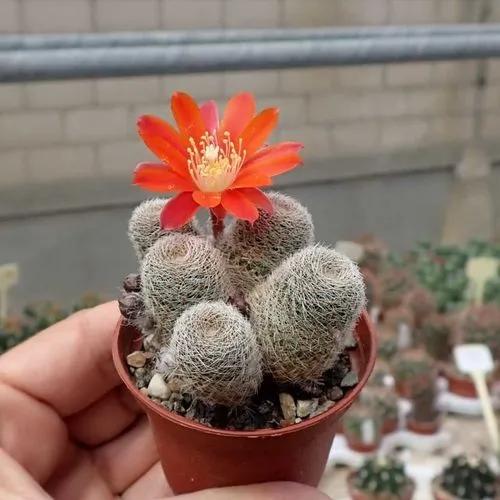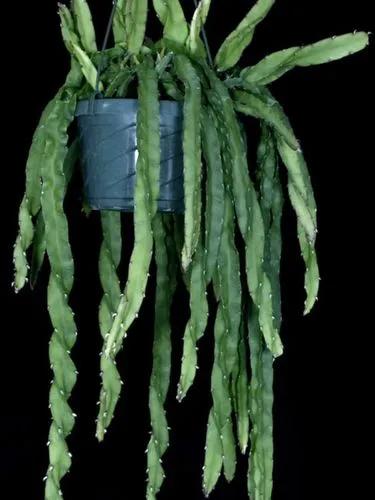Saguaro cactus (Carnegiea gigantea) blossoms are the state flower of Arizona. The cactus is a very slow growing plant, which may add only 1 to 1 ½ inches in the first eight years of life. The Saguaro grows arms or lateral stems but it may take up to 75 years to produce the first one. Saguaro are very long lived and many found in the desert are 175 years old. It is likely that rather than growing Saguaro cactus in the home garden, you may find yourself the becoming owner of a well established Saguaro cactus when you buy a new home or build a home on land where Saguaro cactus already grow.
Golden Saguaro Care
Neobuxbaumia Polylopha



How to Care for the Plant

Water

Being native to a desert climate, these plants prefer to stay on the dry side. In the summer water them only when the soil has dried out entirely. Always err on the side of under watering. They are built to withstand drought, and overwatering is one of the quickest ways to kill them.During the winter it’s safe to cut back on watering entirely. This will encourage flowering during the spring!

Fertilizer

Fertilization of this plant is generally not necessary. If you want to refresh your soil or give your plant a boost during the growing season, you can feed it monthly with a fertilizer for cacti and succulents. Fertilize only during the spring and summer, when the plant is actively growing.

Sunlight

Neobuxbaumia polylopha prefer lots of sun, at least five hours of direct sun daily. Indoors a south facing window is ideal. Outdoors, place them in a spot where they will get plenty of sun exposure. If you are growing this plant outdoors be sure to provide it with light shade to protect it from intense, peak afternoon sun.

Soil

These plants require a gritty, sharply draining soil mix. Amend regular potting soil with sand or fine pumice up to 50% to improve drainage and soil texture.

Temperature

Mammillaria spinosissima do best in high temperatures and low humidity. Ideal temperatures range between 70 and 80 ºF. These plants should be brought indoors when nighttime temperatures fall below 50 ºF.

Additional

Neobuxbaumia polylopha has no known toxicity to animals or humans.

Popularity

70 people already have this plant 11 people have added this plant to their wishlists
Discover more plants with the list below
Popular articles






